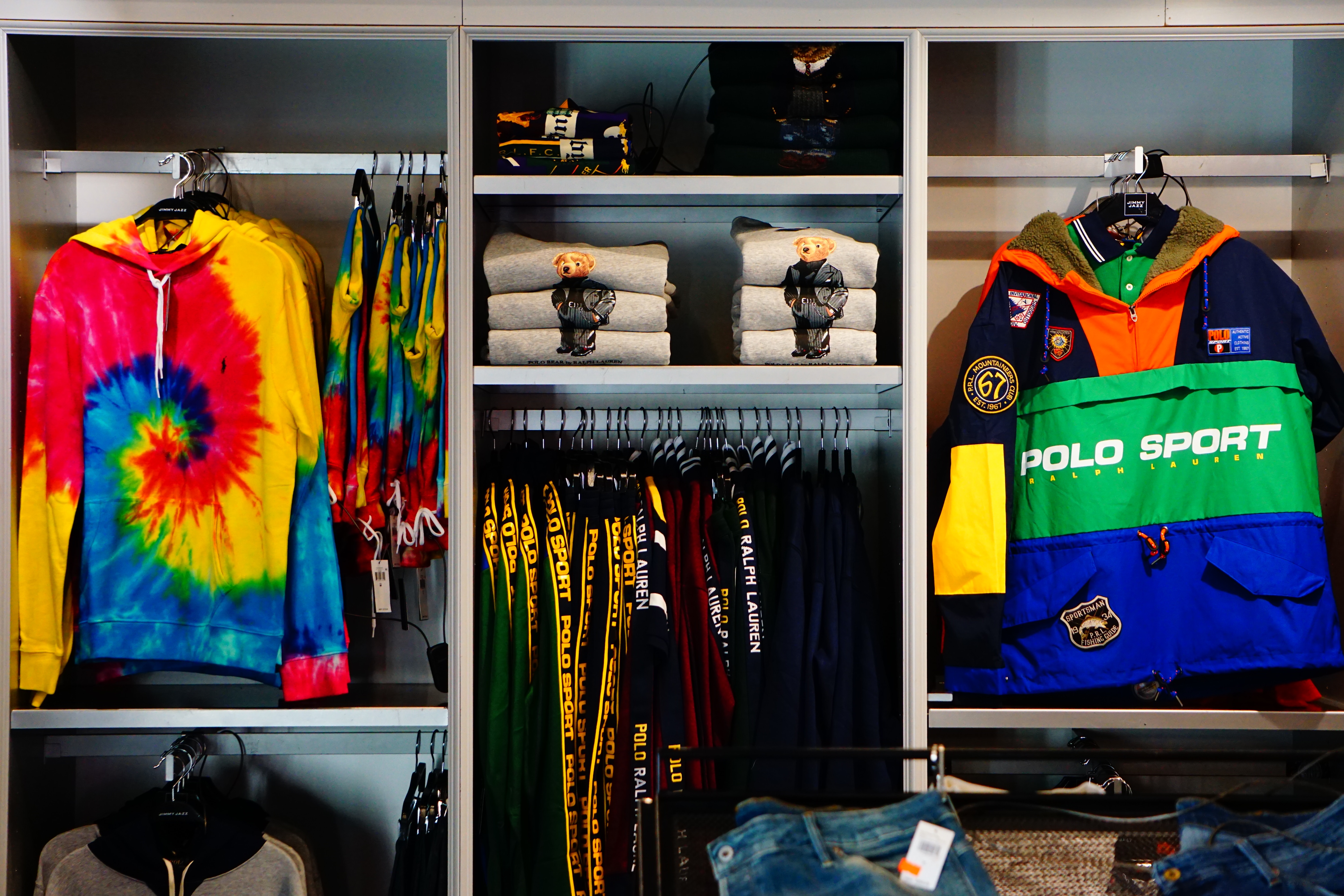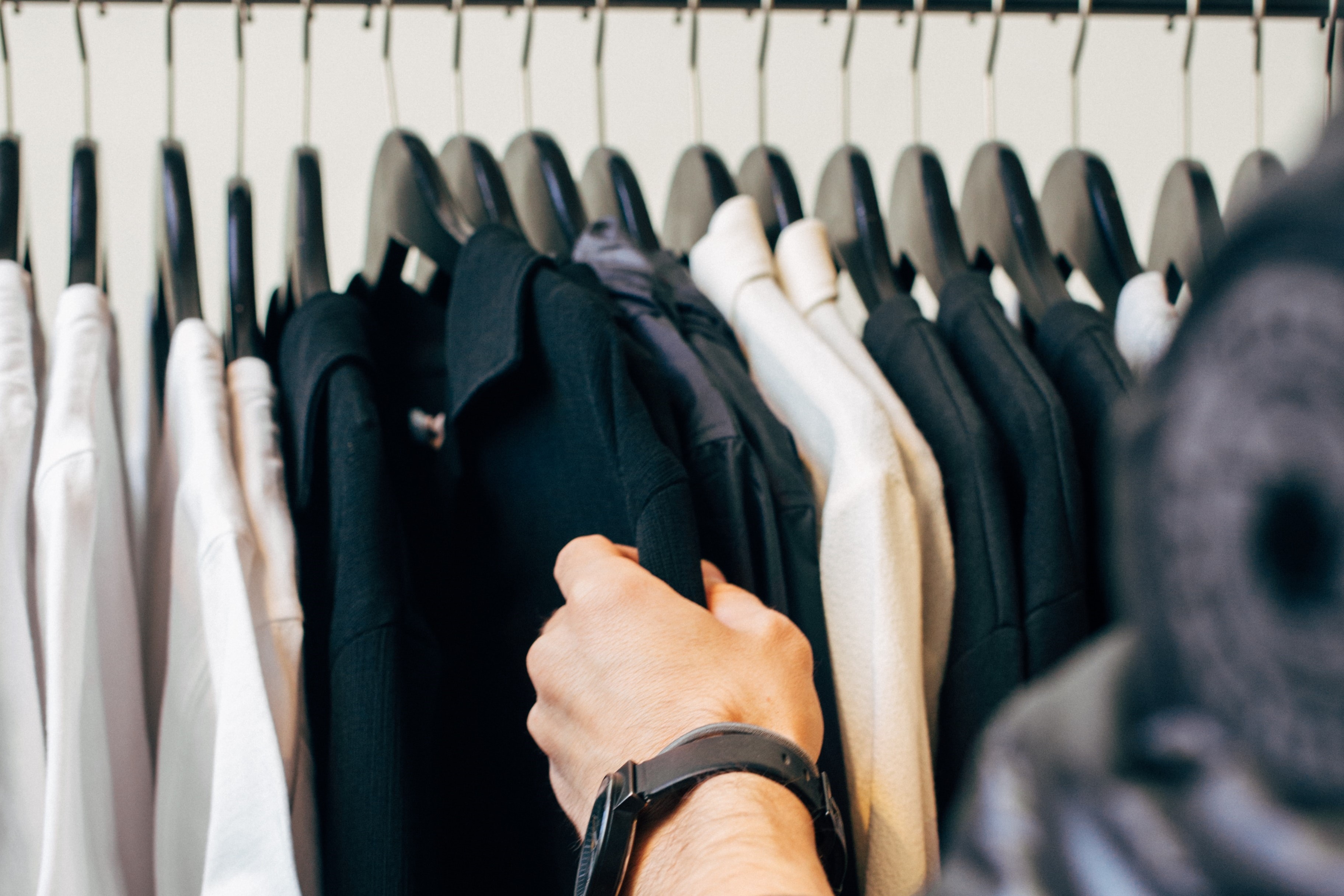Dressing for success: What to wear to a multi-cultural mediation?
A study investigates the role of clothing in predicting the outcome of a mediation.
Mediators chasing settlements should not settle when it comes to the wardrobe, if a recent study on mediator attire in international contexts is any indication.
“Clothing can communicate a wide and complex range of information about an individual,” wrote researcher Arnaud Guyon in a recent article published on the International Mediation Institute. He referred to previous research which suggests that a person’s attire conveys qualities such as character, sociability, competence and intelligence, with initial impressions created within seconds.
In other words, clothes really do make the man (or woman) – at least for a while.
What does one wear to convey neutrality or impartiality? How does one look intelligent, flexible, persuasive, empathetic, respectful, honest, reliable and humorous?
First Impressions Matter
“First impressions matter from the moment parties select a mediator up till the end of a mediation. It can also make or break a successful settlement especially if parties are already on edge,” Guyon said in an email interview. “However, once a mediator is decided and trust is established, the colour or style of your clothing matters less. Other factors will then have an impact on the mediation process, but the main argument is that a ‘power’ suit strengthens first impressions.”
Guyon recognises the challenges of dressing appropriately for a mediation, especially in cases where parties are from different cultural backgrounds. What does one wear to convey neutrality or impartiality? How does one look intelligent, flexible, persuasive, empathetic, respectful, honest, reliable and humorous to both (or more) sides?
Dressing for Success
To answer that question, Guyon polled 18 experienced mediators around the world on what they would wear to a cross-cultural mediation. The results suggest that paying insufficient heed to one’s clothing may well have adverse effects on the outcome of a mediation, and even impede progress before it starts.
So how does one dress for success? The most common—and safest—outfit, it appears, is formal wear. After all, formal clothing is known to elevate respect, exude professionalism and maintain social distance. For men, the most prevalent formal attire would suggest a suit and tie, and polished shoes. Some respondents said that to convey neutrality and respect, they would don a simple (or casual) shirt, with comfortable slacks, no tie, no jacket and maybe even jeans. Female respondents also said they would dress modestly to command respect and reduce gender bias. Some would also avoid large, outrageous pieces of bling.

Definitely no loud, flashy colours. Photo: Dimitar Belchev/Unsplash
Grey hair – A happy problem
Younger and more inexperienced mediators also tend to dress formally to boost their credibility. In some cases, sporting grey hair is a happy problem – at least where mediations are concerned – as it may help one come across as wiser, older, and therefore more reliable. This suggests that younger mediators may need to work harder to assert confidence and credibility.

Keep it simple, mediators say, when it comes to ‘safe’ clothing. Photo: Charles/Unsplash
Might ‘neutral’ colours make a positive impact on the process and perceptions of neutrality? The responses varied based on genders. Most male respondents did not pay much attention to the colour of their suit; most simply opted for a dark suit and no flashy colours.
Female respondents on the other hand felt that colours were important and paid sufficient attention to it. Most reported a preference for beige, although black or grey attire might also be considered ‘neutral’. They would also avoid loud colours or colours that have certain connotations, such as red for well, seeing red.
At SIMC, we would love to hear from you on how you would nail that look, in order to achieve a settlement. Write to us!
*This article was first published on the International Mediation Institute (IMI). Arnaud Guyon is doing a post-graduate in Conflict Analysis and Dispute Resolution at Salisbury University. He is currently researching on mediators’ attire and how this may affect the dispute resolution process. With help from IMI, this article is based on his research and findings to date. Arnaud is also looking for an internship or international work experience for this summer*

